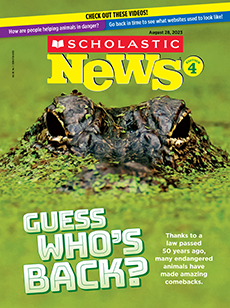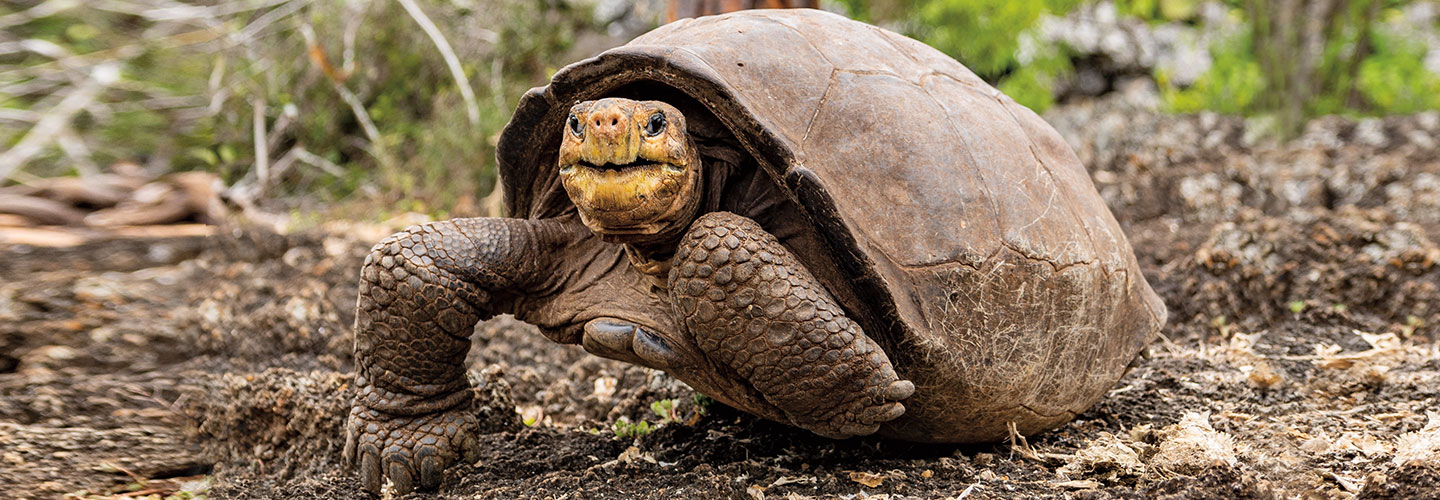Scientists around the world are on the hunt. They’re combing through forests, inspecting lakes, and searching islands. Their mission? To find lost species that experts haven’t seen in the wild in at least a decade. Some creatures have been missing for more than 100 years.
A group called Re:wild is organizing the search. When the effort began in 2017, the group focused on locating 25 species. Since then, eight have been rediscovered!
Researchers aren’t stopping there. Thousands of species are still missing, and experts are racing to find them. The animals face serious threats, including hunting and habitat loss.
“If we don’t know where they are, we don’t know what their threats are,” Barney Long explains. He’s a scientist at Re:wild. “We don’t know the solution to their conservation.”
Here’s a look at how scientists found three missing animals—and what happens next.
Scientists around the world are on the hunt. They’re combing through forests. They’re also inspecting lakes and searching islands. Their mission? To find lost species that experts haven’t seen in the wild in at least a decade. Some creatures have been missing for more than 100 years.
A group called Re:wild is organizing the search. The search began in 2017. The group focused on finding 25 species. Since then, eight have been rediscovered!
Researchers aren’t stopping there. Thousands of species are still missing. Experts are racing to find them. The animals face serious threats. These include hunting and habitat loss.
“If we don’t know where they are, we don’t know what their threats are,” Barney Long explains. He’s a scientist at Re:wild. “We don’t know the solution to their conservation.”
Here’s a look at how scientists found three missing animals—and what happens next.

